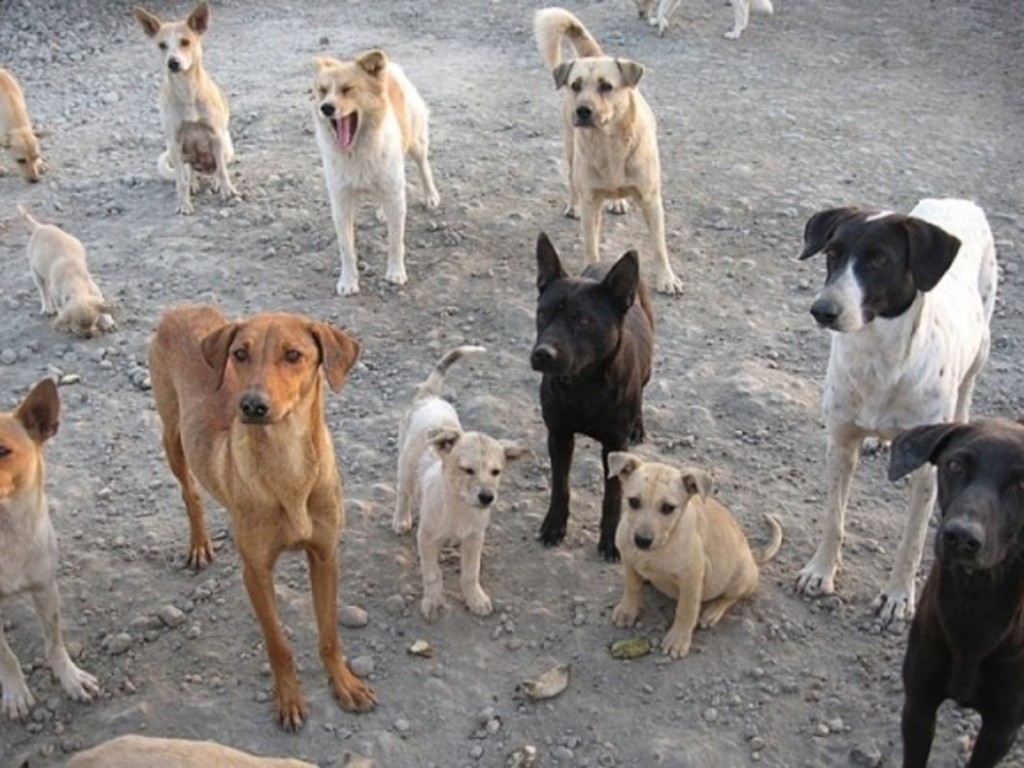

It has been reported that pet owners visit their doctor less often, use fewer medications and have lower blood pressure and cholesterol levels than non-pet owners. For example, pet ownership is associated with a decreased prevalence of depressive symptoms. Domestication of dogs has been shown to provide many benefits to humans. Pets are treated as family members in the Western world and approximately 50% of households keep pets. The estimated stray dog numbers will help develop a dog population and rabies control program in which information about the logistics required as well as costs of implementing such programmes in Punjab can be incorporated.ĭogs are the first species to have been domesticated and share a close cultural, social and economic association with humans. The estimated stray dog numbers pose a potential public health hazard in Punjab. The current study revealed that there are a substantial number of stray dogs and a high number reside in rural (versus urban) areas in Punjab. Based on different methods, estimates of the mean stray dog population in the state of Punjab ranged from 519,000 to 1,569,000.

The number of males was significantly higher than the number of females and the number of adult dogs was about three times the number of young dogs. Higher estimates of 61 per village and 112 per ward are reported using the SuperDuplicates method. Median stray dog populations per village and per ward using the Lincoln–Petersen formula with Chapman’s correction were estimated to be 33 and 65 dogs, respectively. The predicted mean (95% CI) count of the dogs per village or ward were extrapolated to estimate the number of stray dogs in Punjab based on (a) the number of villages and wards in the state (b) the adult human population of the state and (c) the built-up area of the state. adult) using linear mixed models with district as a random effect. To estimate the dog population size, we used a modified mark–re-sight procedure and analysed counts using two methods the Lincoln–Petersen formula with Chapman’s correction, and an application of Good–Turing theory (SuperDuplicates method estimated per km 2 and per 1000 adult humans and were compared between localities (villages vs. For urban areas, 3 towns (less than 100,000 human population) and 2 large cities (more than or equal to 100,000 human population) were randomly selected, followed by convenience selection of two wards from each of the 5 selected towns/cities. For the rural areas, 22 sub-districts in each district were randomly selected, then one village from each of the 22 selected sub-districts was selected (by convenience sampling). The study was conducted from August 2016 to November 2017 in selected villages or wards in Punjab.

This is the first systematic estimation of the stray dog population using a recommended method (mark–re-sight) in Punjab, India. The current study was designed to estimate the stray dog populations in Punjab to enhance the implementation of animal birth and disease (for example, rabies vaccination) control programs. Neglected zoonotic diseases such as rabies and echinococcosis are transmitted at the stray–dog human interface, particularly in low to middle-income countries.

Observers picked a random road within an assigned area and began walking, marking down the apparent age, sex, activity, and vocalizations of any dog they saw.The overpopulation of stray dogs is a serious public health and animal welfare concern in India. They sampled the dogs’ activity during the day at times when both humans and dogs are typically active-avoiding midday, when dogs usually rest away from the heat, and stopping at 7:30 p.m., when it became too dark to see dogs in unlighted spots. To figure out what these dogs’ days are like, Majumder, Chatterjee, and Bhadra observed street dogs on several occasions between 20, looking at three different urban areas-the township of Kalyani in West Bengal and college campuses at Mohanpur, West Bengal, and Bangalore, Karnataka. The female dogs typically have one litter a year, either in spring or fall, but less than half of pups survive to adulthood. They have wolf-like faces, patchy coats, and short fur. They live either singly or in small groups, anywhere from big cities to the edges of forests. The researchers note that the Indian Native dog (aka Indian pariah dog) generally lives on the streets, surviving on human charity and garbage. Biologists Sreejani Sen Majumder, Ankita Chatterjee, and Anindita Bhadra set out to figure out what these dogs do all day in India. They’re free-ranging creatures, typically living around people without being part of any human family. But more than 70 percent of the world’s dogs aren’t pets. When you think of dog behaviors, you may picture catching a ball or walking on a leash.


 0 kommentar(er)
0 kommentar(er)
